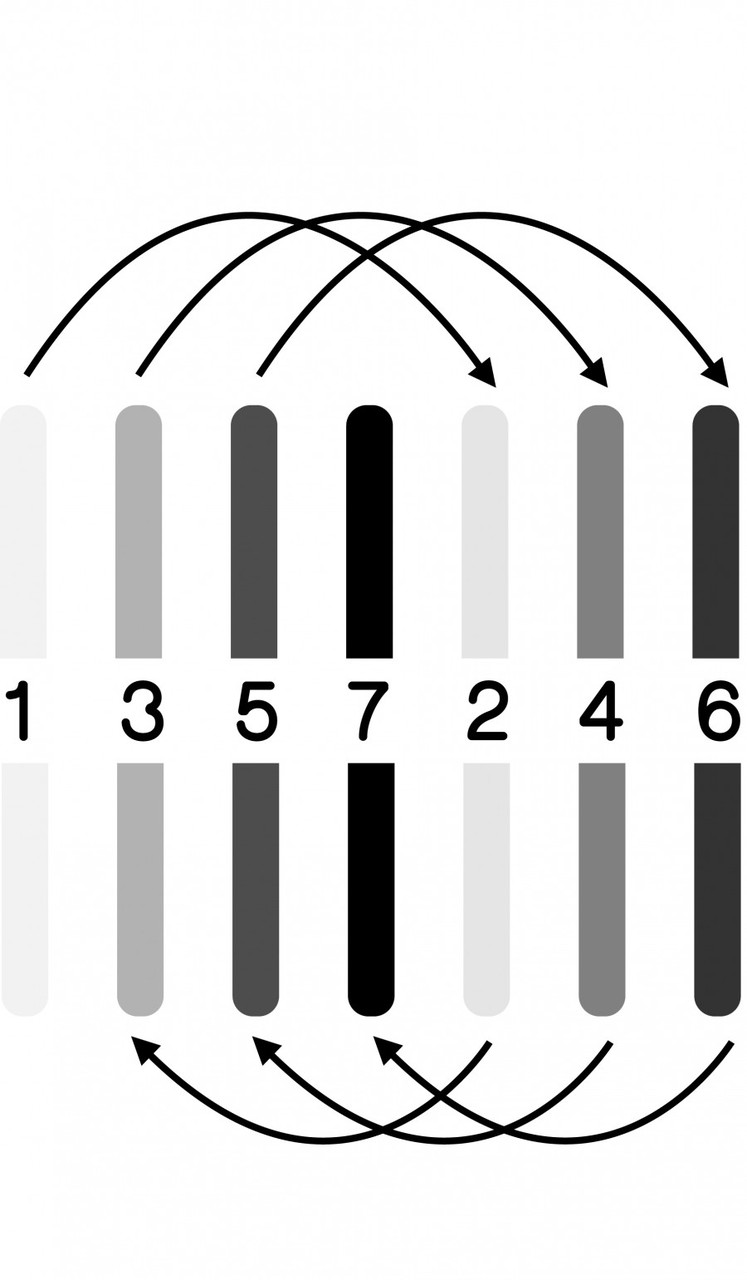Pilger Mills
09 Sep - 19 Nov 2017
PILGER MILLS
Von unzeitgemäßen Formen in der Gegenwart
Will Benedict, Rodrigo Hernández, Oliver Husain, Anahita Razmi, Eric Sidner
9 September - 19 November 2017
The group exhibition Pilger Mills is concerned with an ambivalent temporal movement – that of progress and innovation, which is repeatedly interrupted by regression or deceleration. Our present age seems to be highly unstable and becomes frequently interrupted by anachronistic processes. We are living with the experience of different thinkable futures, some of which, in light of recent global political developments, appear to be blocked by nationalism and isolation. At the same time, the more promises made to us by the future of technology and networking, the more frightened we become of the existing inequalities and stagnations within our social coexistence as well as within our behavior towards nature.
With the notion “Pilger Mills” this exhibition addresses a range of topics around the movement of forward and backward strides in time. In the literature of dance, the term “pilgrim steps” describes a choreography that follows several steps forward with one or two steps backwards. In literary history, the notion finds expression as an arduous venture in Cervantes’ “Don Quixote” (1605) with his fight against windmills. It likewise appears as a reverse sequence in the perception of history by Lenin, who published his book “One Step Forward, Two Steps Back” in Geneva in May 1904. Furthermore, the term indicates a technical process that applies the rolling of steel tubes through a steady forward and backward motion (“pilger process”).
Against this background the main subjects of the project will be the allegorical “processing” of history as well as different contemporary understandings of historicity as such. The participating artists and their works do not follow linear developments, but allow their observations to intermingle with leaps and folds of time as well as with own interpretations of (art)history. How we can re-write the temporal course of our present time? Based on these questions, this project also scrutinizes how one can step forwards and backwards without invoking a utopian potential or an inactive stagnation, but employing untimely forms as productive forces instead.
Von unzeitgemäßen Formen in der Gegenwart
Will Benedict, Rodrigo Hernández, Oliver Husain, Anahita Razmi, Eric Sidner
9 September - 19 November 2017
The group exhibition Pilger Mills is concerned with an ambivalent temporal movement – that of progress and innovation, which is repeatedly interrupted by regression or deceleration. Our present age seems to be highly unstable and becomes frequently interrupted by anachronistic processes. We are living with the experience of different thinkable futures, some of which, in light of recent global political developments, appear to be blocked by nationalism and isolation. At the same time, the more promises made to us by the future of technology and networking, the more frightened we become of the existing inequalities and stagnations within our social coexistence as well as within our behavior towards nature.
With the notion “Pilger Mills” this exhibition addresses a range of topics around the movement of forward and backward strides in time. In the literature of dance, the term “pilgrim steps” describes a choreography that follows several steps forward with one or two steps backwards. In literary history, the notion finds expression as an arduous venture in Cervantes’ “Don Quixote” (1605) with his fight against windmills. It likewise appears as a reverse sequence in the perception of history by Lenin, who published his book “One Step Forward, Two Steps Back” in Geneva in May 1904. Furthermore, the term indicates a technical process that applies the rolling of steel tubes through a steady forward and backward motion (“pilger process”).
Against this background the main subjects of the project will be the allegorical “processing” of history as well as different contemporary understandings of historicity as such. The participating artists and their works do not follow linear developments, but allow their observations to intermingle with leaps and folds of time as well as with own interpretations of (art)history. How we can re-write the temporal course of our present time? Based on these questions, this project also scrutinizes how one can step forwards and backwards without invoking a utopian potential or an inactive stagnation, but employing untimely forms as productive forces instead.

